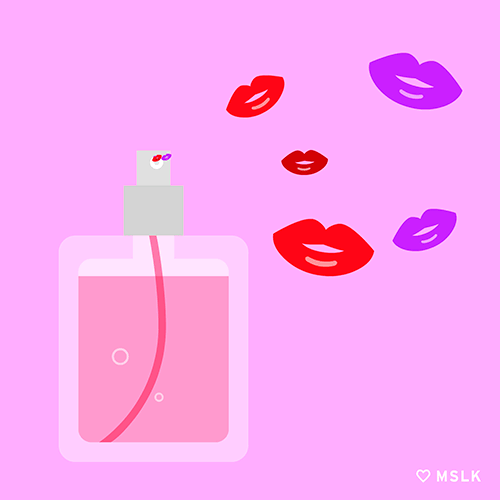The Concept of "Amber"
- Lara Daans
- Jan 31, 2020
- 2 min read
"I love amber!" When I explain the star ingredients of some of my most popular blends, this is what people say. But do they really understand what they mean by this? I thought I would address this to clarity the idea of "amber" in perfumery. Being that we are in the season of winter, it seems appropriate as amber is typically associated with warmth.
Amber is a note which presents itself in my SABRE, DAMIAN, ARCADIA, and KALIMA blends. All available in the "Essence of Lara" niche perfume line. These blends are all extremely unique, yet they all have an amber accord in common. Deep and calming in it's aroma, with lasting power, amber notes are always a great additon to a blend. Amber promotes strength and healing and offers a protective quality. It's obvious that I am drawn to the mysterious qualities of this scent.
But what is "amber" really? The oil market is flooded with versions of this generic term for what in perfumery describes a scent. Yet there is in fact no plant from which the fragrant amber comes from. Far from popular belief, It is not an essential oil. Perfumers have come to accept the concept of "amber" since the late 19th century. The amber note evolved from combining Labdanum and the synthetic version of vanilla known as "Vanillin". From that time on the "amber note" was defined and identified as exotic with an oriental personality. Famous perfumes that contained this warm, powdery, ambery note are the well known fragrances Obsession and Shalimar.
Ambergris is what people often imagine when disucussing amber notes. This "grey amber" actually originates from a secretion from sperm whales which gets expelled, floating on the ocean for years. The sensuous smell of amber gris lasts for centuries and is salty and somewhat animalistic.
Most large perfume companies have patented their own synthetic amber bases. That's just how important this base note is in formulas. So what goes into making an amber base? Generally I have found that Labdanum is a good start. It smells close to ambegris but more like worn leather, and it's much more accessible. Combining that with benzoin, with it's carmelly sweet aroma, and vanillin or vanilla, works well as a base. From there, the amber accord, as it's called can be made unique with additions of anything from sandlewood to rose or jasmine. Truthfully, new molecules pop up yearly that can be used to personalize this accord.
As much as the amber base note supports the rest of the fragrance, it's not easily identifiable. However, the allure and mystery of this base is what lingers as the day goes on. It's what sticks and continues to give the fragrance personality. If you haven't fallen in love with amber yet, February is the perfect month to give it a try. Valentine's day is around the corner with love and sensuality in the air!!!









Comments